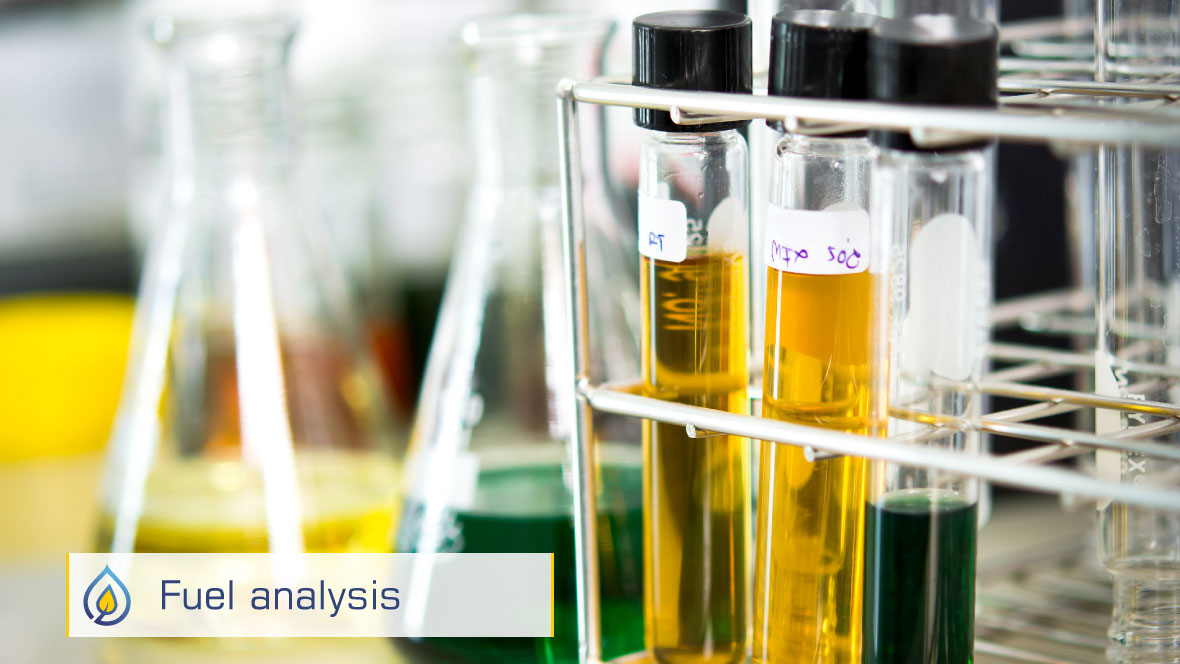On March 28, 2006 the company Biodiesel Industries Inc. located in California, USA shared their conclusions regarding an extensive study covering biodiesels and their gas emissions.
This contract was funded by the District to study the feasibility of manufacturing and using biodiesel in the Bay Area. Almost half of the State’s petroleum refineries reside in the Bay Area. The District designed the contract parameters around proving both the economic feasibility of refining biodiesel from local feed stocks, as well as the availability of methods to reduce NOx, which is biodiesel’s largest drawback.
XBEE in biofuels
It is generally accepted that test methods for diesel also effect the test itself, therefore this contract required a variety of engines, both laboratory and field testing, as well as different testing technologies, to give the most accurate overall picture of how biodiesel and emission reduction additives will perform across real world fleets. The contractor was Biodiesel Industries Inc., which was recently awarded a US patent in biodiesel refining technology, and is a member of the National Biodiesel Board.





